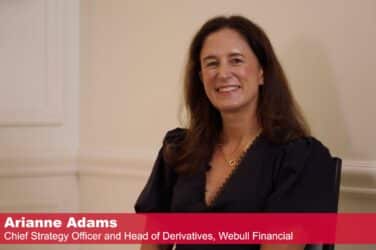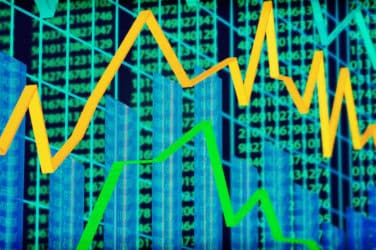
Volatility has gone from a simple market component to a premiere asset class as new products come to market.
The de facto standard for measuring market volatility, the Chicago Board Options Exchange Volatility Index or VIX, hit the market in 1993 and was originally based on the S&P 100 index. It was later revised in 2003 to reflect S&P 500 options, which is when traders really began paying attention.
The creation of tradable financial products based on the VIX (futures and options) effectively turned volatility into an asset class that traders could use for hedging, speculating and market making.
“VIX is nearly always negatively correlated with the market, which makes for a great risk management tool for both asset managers and traders,” said Joanne Hill, head of investment strategy at ProShares, said at the 2011 FIA conference in Chicago.
As the popularity of volatility expands, more products will come to market that allow investors to get exposure to it, be it a single stock volatility index or an exchange-traded note.
“A lot of people are realizing VIX is the ultimate diversifier for a portfolio. You don’t expect it to stay at 100, you don’t expect it to stay at 10,” said Dominic Savino, who is the designated primary market maker in VIX options at the CBOE.




